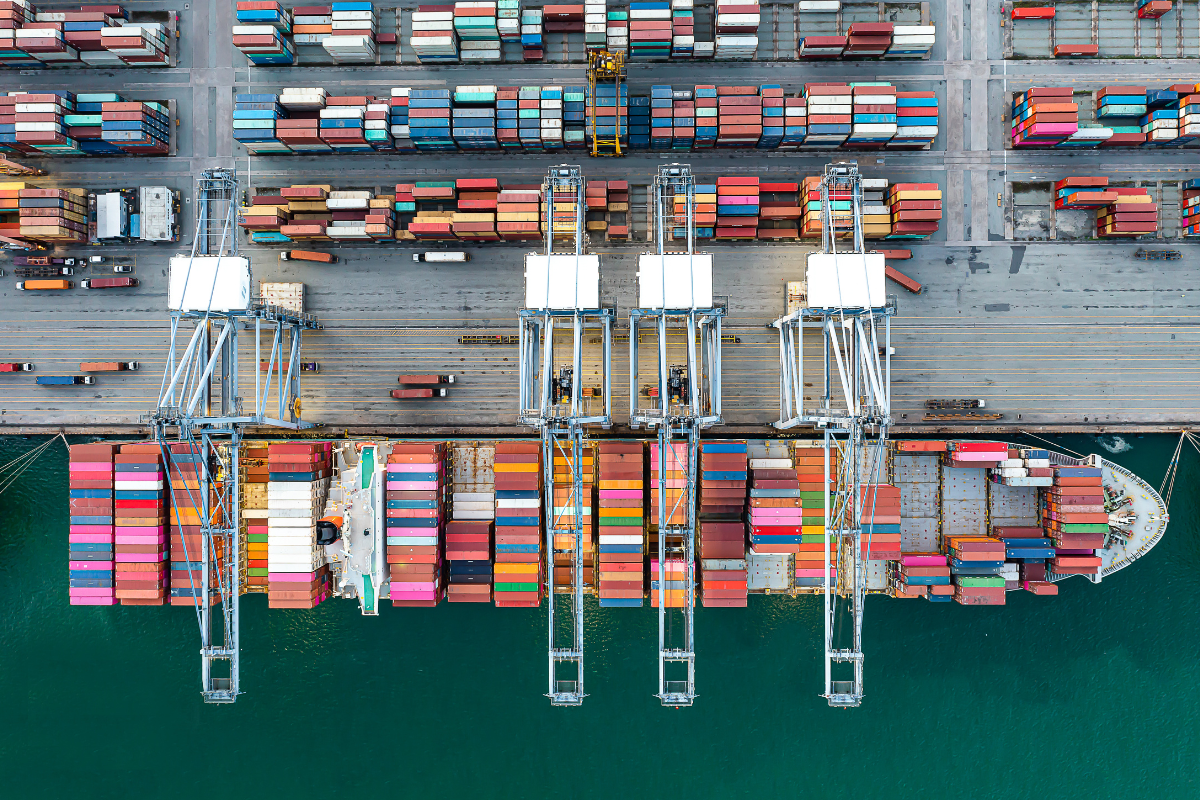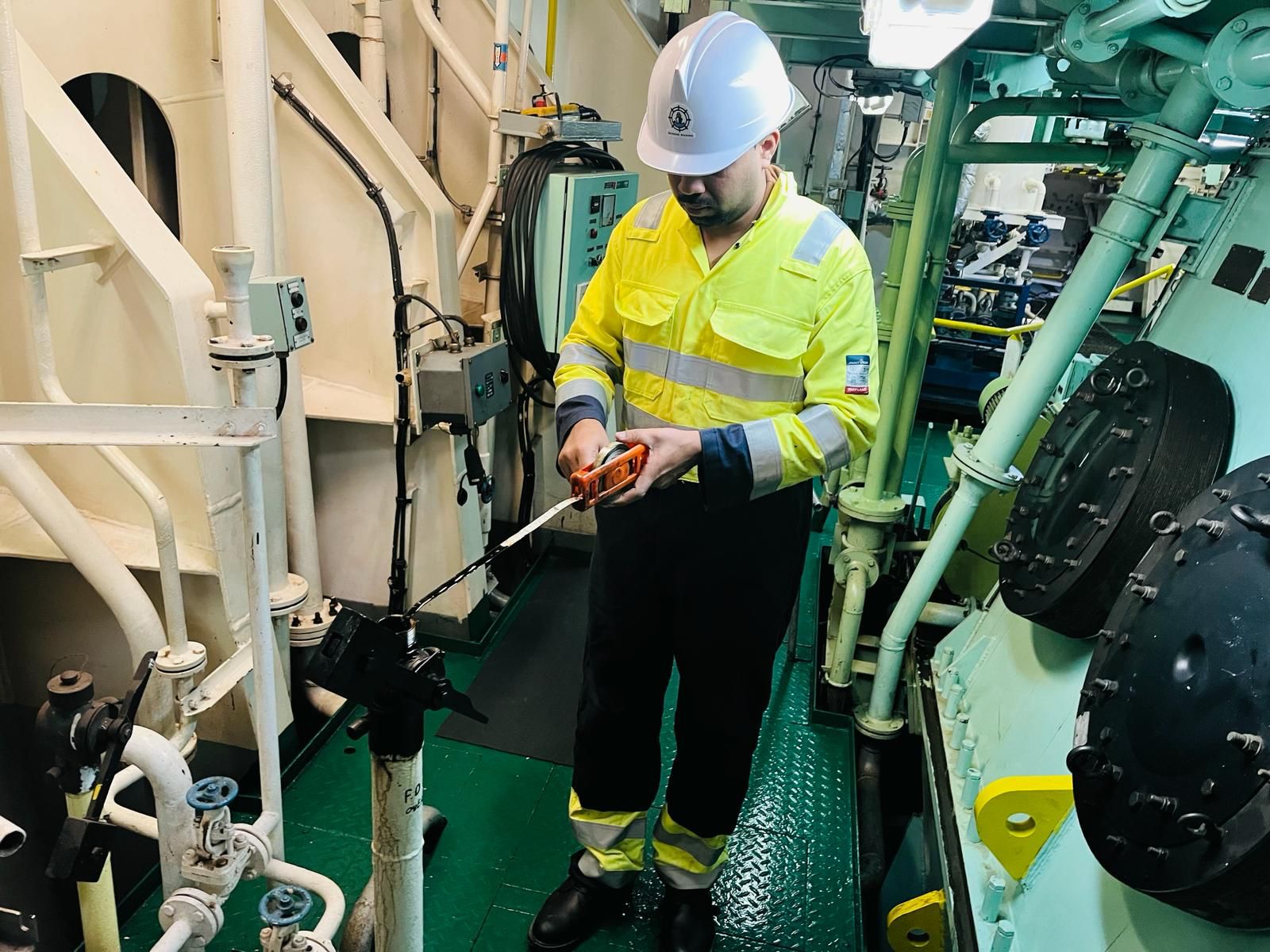Draft Surveys in a World of Mega Ships
Towering behemoths dwarfing cityscapes, modern cargo ships are marvels of engineering, capable of transporting colossal amounts of cargo across vast distances. But how do we accurately determine the weight these giants carry?
As ships grow ever larger, with capacities exceeding 200,000 tons, ensuring accurate cargo weight becomes increasingly crucial. Draft surveys, conducted by qualified marine surveyors, play a vital role in this process. This seemingly simple procedure holds immense importance for various stakeholders in the maritime industry.
The Science Behind the Draft
Imagine a ship as a giant bathtub. The deeper a ship sinks into the water (its draft), the more weight it displaces. By meticulously measuring the draft – the distance between the waterline and a specific point on the hull (draft mark) – before and after loading or unloading cargo, surveyors can calculate the weight difference. This seemingly straightforward principle utilizes Archimedes’ Law of Buoyancy, a fundamental principle of physics.
The Intricacies of Draft Surveys
While the basic concept appears elementary, draft surveys involve meticulous procedures and meticulous calculations. Here’s a deeper look at the process:
- Pre-Survey Preparations: The surveyor gathers crucial information like vessel details, cargo type, and intended operation (loading or unloading). Weather conditions, water density (which can vary based on salinity and temperature), and ballast water levels (water used for stability) are also factored in.
- Draft Mark Readings: Precise measurements are taken at designated draft marks, usually located forward, midship, and aft on both sides of the hull. These readings are meticulously recorded and averaged to obtain a precise draft value.
- Calculations and Adjustments: The surveyor employs specialized software or hydrostatic tables (provided by the ship) to translate draft readings into displacement tonnage. Adjustments are made to account for factors like fuel consumption, provisions used, and any changes in ballast water levels.
- Reporting and Verification: A detailed draft survey report is generated, documenting the entire process, calculations, and the final weight determination. This report plays a crucial role in settling cargo disputes, ensuring accurate freight charges, and maintaining vessel stability.
The Significance of Draft Surveys
Draft surveys offer a multitude of benefits:
- Fair Trade Practices: Accurate weight determination ensures fair pricing for both shippers and receivers, preventing disputes and financial losses.
- Vessel Stability: Knowing the precise cargo weight is critical for maintaining a ship’s stability at sea. Overloading can lead to catastrophic consequences, which draft surveys help to prevent.
- Regulatory Compliance: Draft surveys play a critical role in adhering to international maritime regulations governing cargo weight limits.
- Cargo Security: Precise weight information helps ensure accurate documentation and facilitates cargo tracking and security measures.
The Future of Draft Surveys:
As technology advances, draft surveys are likely to evolve. Automation and remote sensing through devices like drones could streamline the data collection process. Additionally, the rise of digitalization could lead to the integration of draft survey data with other maritime systems for enhanced efficiency and transparency.
Draft surveys, though seemingly simple, are the cornerstone of accurate cargo weight determination in an age of colossal ships. By ensuring fair trade, vessel stability, and regulatory compliance, draft surveys play a crucial role in the smooth flow of global commerce.
From the towering mega-ships that dominate our oceans to the intricate calculations behind the scenes, these surveys are an essential cog in the machinery of global trade.



